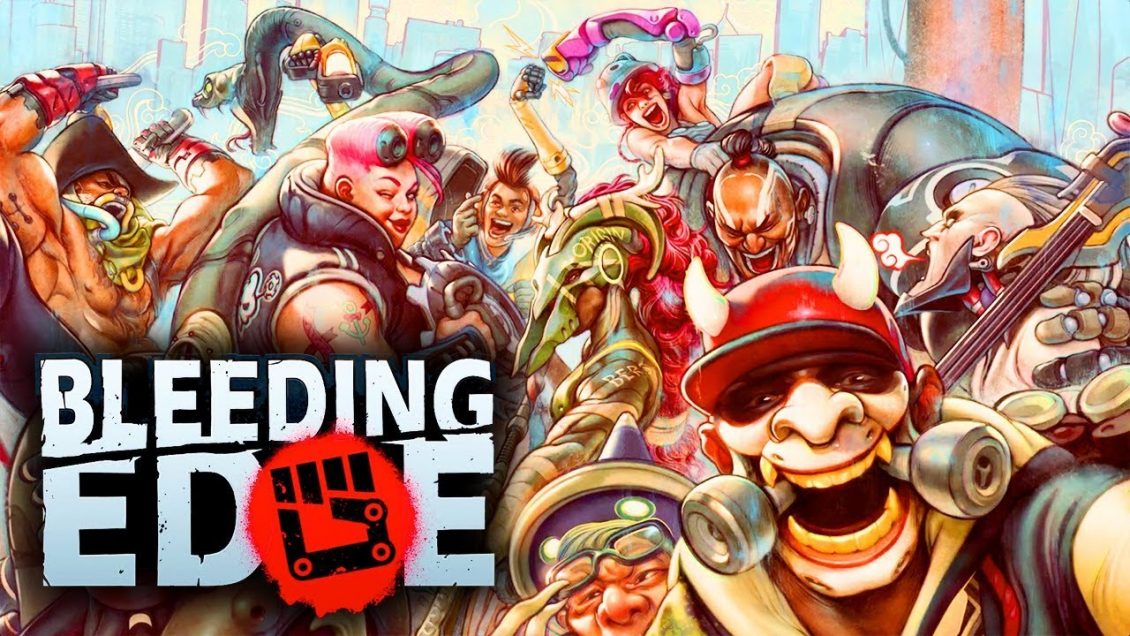

This measure, among others derived by Gartner, provides insights into where specific technology is on its lifecycle journey from bleeding edge to market acceptance. The Hype Cycle measures the technology’s journey from ‘need’ to ‘hype’ to general industry acceptance. There are a few critical considerations if leading edge technology is to be adopted successfully.įor more than 20 years, Gartner Inc has provided the IT industry with the latest research on new technologies and where they sit on the Hyper Cycle map, a graphic representation of the maturity and adoption for technologies and applications. Whether it is swapping physical data centres for cloud infrastructure, transitioning from traditional LAN-based networks to fully wireless office environments to support activity-based working (ABW) or turning social media into a CRM strategy, the prospect of a simplified and more efficient work environment that also provides a competitive edge is a tempting one.īut is it prudent to adopt the latest and greatest technologies so quickly? And how do you avoid “leading edge” becoming “bleeding edge” where the new technology actually hinders your business growth and effectiveness? There is certainly value in not being at the bleeding-edge, but equally it’s difficult to do well if you’re *too* far behind, at least if you want to be big enough to make some impact in the foundry business.Technology is evolving at an ever-increasing rate and the promise of significant advantages over your competitors raises a fundamental question about adoption: when should an organisation embrace leading-edge technology? There are still many products in older processes - many in huge volumes - but the prices and margins are also low because they’re commodities, as are the processes. It’s like assuming that if you buy a balance pole, soft-soled shoes, and a steel wire you’ll quickly be able to walk a tightrope across Niagara Falls…

Leading edge vs bleeding edge how to#
This isn’t as simple as buying the (maybe second-hand) equipment, you also need the knowledge on how to use it to make a high-yielding process, and there’s a lot of “secret sauce” here to do with methods and process control. If you can’t do this - and this is 2-3 generations behind TSMC already - you’ll lose market share in the future. To do technologies at 16nm and below you need to master FinFETs, multipatterning, and how to yield a process with many metal layers. That’s true David, but you can’t stay behind and static forever or your revenues will drop and drop as the market moves on. Do you think this might be somewhat more achievable? I see a lot of politicians/journalists who propose solutions that don’t really seem relevant. Maybe even encourage US semiconductor consortium to support them thourgh R&D as a service to the US industry in general, while Intel proper’s fabs could focus on its traditional business (while perhaps feeding off process technology experience gained by its affiliated fab). TSMC and Samsung seem to show that experience in foundries helps with leading-edge? Since ATIC seems to have given up on supporting unprofitable GlobalFoundries (didn’t want to pursue leading-edge, UAE’s having financial troubles, considered taking GlobalFoudries public anyway), do you think that’d be a reasonable way for Intel to stay relevant? Acquire GlobalFoundries, make use of its hardware-oriented ex-IBM/AMD engineers, use its Malta fab as groundwork for a Samsung foundry-like independent business unit? I somehow feel a foundry-only business unit expressly designed for the purpose of getting better fabs may do a better job at staying relevant, instead of an IDM that’s always looking at the easy dollar (which admittedly does give its stockholders nice dividends).ĭoD could support that as a trusted foundry system, for national security purposes, and US semiconductor industry could feel more comfortable with a foundry that’s not actively competing with them (as an Intel corporate-aligned one would).

Bad cultural fit, Intel is used to doing things in-house their own way? And they’d be competing with clients too, some bad blood within industry? They tried to go into foundry business but that didn’t work either. For that matter, Intel has spent like $30 billion/year in R&D/capex, and still seems to be falling behind.


 0 kommentar(er)
0 kommentar(er)
